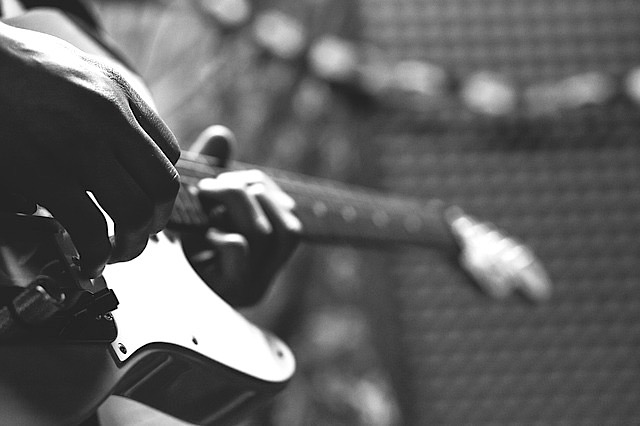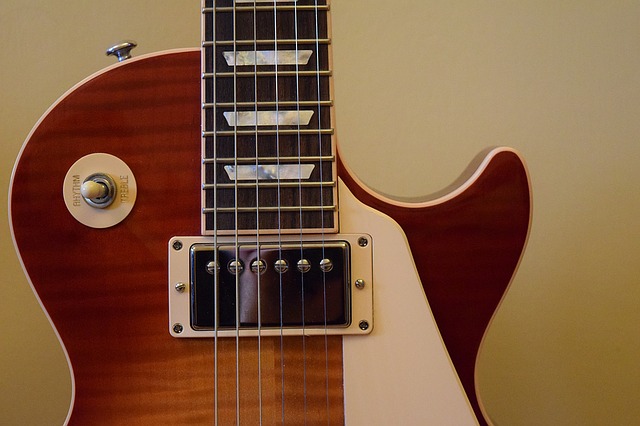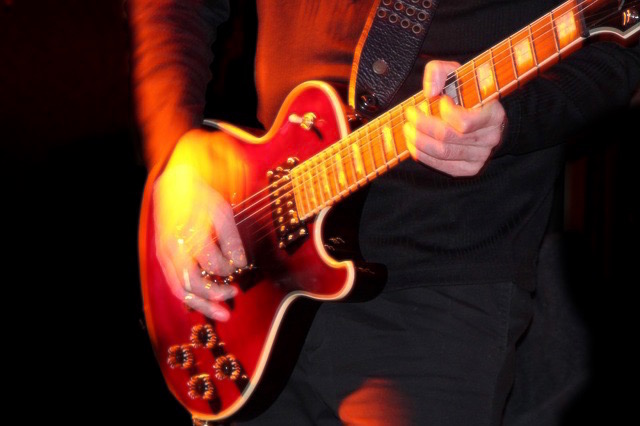Who’s Playing What?

Lead Guitar verses Rhythm Guitar. Straight up, most players are both a lead guitarist and a rhythm guitarist. They might choose to focus more on one than the other, but in general a professional guitarist will have the knowledge and skill both rhythm and lead.
The exception to that might be a singer-songwriter. In that case, their main instrument is not necessarily the guitar, but rather their voice. In other words, singing and song writing is their craft. The guitar enables them in that pursuit.
The function of the rhythm guitarist is to lay down a rhythm and a harmonic foundation as support to a lead instrument. That can be in the sense of being a filler such as strumming a straight 16th note rhythm that is being played behind everything. This is filling in the gaps. A steady drone…..or, the rhythm player can be a main groove that the rest of the rhythm section is locking into as well.
There can be a soft line between rhythm and lead playing. Jimi Hendrix and Eddie Van Halen are examples of tremendous lead guitar players that play exceptional rhythm as well. Many of their rhythm parts could be described as lead rhythm.
Likewise, a lead guitar player seldom plays only “lead” guitar parts. When you think about it, there are few songs where it is lead playing by one instrument from beginning to end.

What is the Best Way to get Good at Rhythm Guitar Playing
Skill is going to come from knowledge, experience, and practice. Massive amounts of practice as Joe Bonamassa would say.
First, get an understanding of “how in music,” time is divided into whole notes, quarter notes, eighth notes, etc.. That’s knowledge. Then practice, practice, practice. Work on tapping your foot while playing simple strum patterns. Count out loud so that you get used to knowing where you are within each measure. That will help you with the feel.
Next, gradually work on more and more complex rhythm patterns (strum patterns). Likewise, learn songs and play along with recordings. It’s important that you can lock into the time and not be adding or dropping a beat here and there. That might seem like the obvious, but it is a common mistake among beginning guitar players.
What is the Best Way to get Good at Lead Guitar Playing
Great lead guitar players know their neck well. If you were to ask them to play a “G” note, they would know where every G note is on their guitar. They would not have to sit and figure it out. They would know.
Similarly, they would not only know where all the notes are on their guitar, they would also know how to build chords and scales from each of those notes. Similarly, they would know their voice. They know what rocks them to the core. They are fully aware if they are a blues player, a metal player, country player, or whatever. It doesn’t mean they don’t dabble in all styles, but they are fully aware of where their heart is.
Therefore, the best way to get good at lead guitar playing is to work on those things. Start with memorizing the guitar neck. Second, do an honest check with yourself as to where your heart lies as it relates to music. You do this so that you can focus on drills that will get you to that ends the quickest. Third, learn how to play Major chords, minor chords, and dominant 7 chords from every note. Yes, there are many more chords than that…..but start with those because you can use them for chord scales and arpeggios. Fourth, learn the scales that have the sound which best frame your music preference. Fifth, work on the techniques that best frame your music preference.

